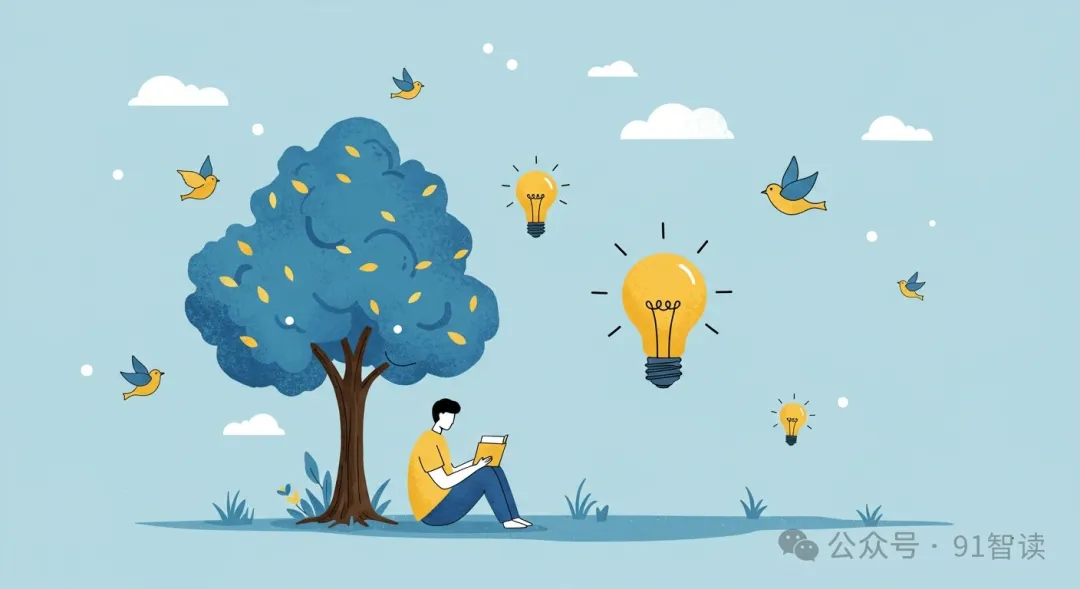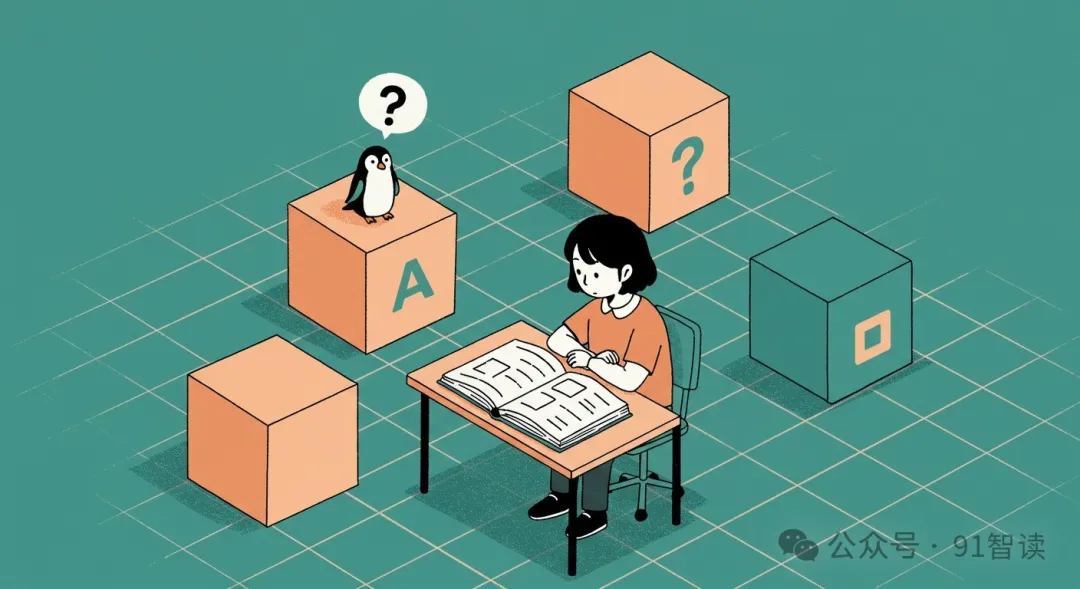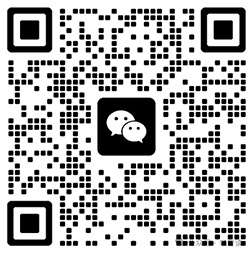The Foundation of Cognition — Concepts

Yesterday, we discussed the gaps between people, and concluded that they stem from differences in thinking patterns and cognitive abilities. The root of these differences lies in our understanding of “concepts.” The word “concept” sounds abstract, but we use concepts every day—from everyday terms like “dog” and “table” to complex notions like “happiness” and “freedom” that mean different things to different people. Concepts are both tools for communication and the basic units of thought. Today, drawing from books I’ve read over the years, I’ll start with logic, move on to analogies, and explore how concepts break free from rigid definitions and flourish in our lives.
Logic That Isn’t “Simple”

During my school years, I stumbled upon a book titled “A Concise Introduction to Logic” in the reading room. Despite being nearly 600 pages long, this book was anything but “concise” and left me increasingly confused. The only terms I managed to remember were the intension and extension of concepts, which gave me my first insight that thinking follows rules. Simply put:
- Intension: The core attributes or definition of a concept. For example, the intension of “bird” might be an animal that “has feathers,” “can fly,” and “has a beak.”
- Extension: The specific objects a concept refers to. For example, the extension of “bird” includes sparrows, eagles, penguins, etc.
The book also mentioned a principle: the richer the intension, the narrower the extension; the simpler the intension, the broader the extension. For instance, “mammal” has a simple intension (having mammary glands to nurse offspring) but its extension encompasses countless species from mice to whales. On the other hand, “flying mammals” has a more complex intension but its extension includes only bats.
This classification method is like drawing a clear map for thinking, with each area having distinct boundaries and labels. I used to believe that understanding concepts meant memorizing definitions, like rote learning. But later, I discovered that the real world is far more complex than conceptual definitions. For example, penguins can’t fly, yet they are still “birds,” which made me wonder: are the boundaries of concepts really that clear?
Concepts Are “Alive”
Reading “The Stuff of Thought” by Steven Pinker gave me a fresh perspective. He wrote that the brain is essentially an “analogy” machine, processing information by finding similarities. The formation of concepts isn’t about memorizing definitions, but rather through constant comparison, induction, and adjustment.
For example, when we see a new face, our brain automatically compares it with known faces, identifies similarities such as “eyebrows like so-and-so” or “an aura like a certain celebrity,” allowing us to quickly remember it. This ability applies not just to visual perception but also to language and thinking. For instance, when elementary school students learn Chinese characters, teachers explain that “characters with the ‘wood’ radical are often related to trees,” creating connections between characters like “tree,” “forest,” and “woods” in our minds. This way of building concepts through similarities is the brain’s forte.
The book also mentions that the intension and extension of concepts aren’t fixed but adjust dynamically with time and experience. For example, the concept of “mobile phone” 20 years ago had the intension of “a device that can make calls” with extensions like Nokia and Motorola brick phones; today, the intension has expanded to “a smart device that can browse the internet, take photos, play games,” with extensions including iPhone, Huawei, and others. This made me realize that concepts aren’t static labels but living processes.
The “Analogy” of Concepts

Speaking of the dynamic nature of concepts reminds me of “Surfaces and Essences.” This book gave me another layer of understanding about concepts. The authors argue that analogy is the core of thinking, and we construct and expand concepts by comparing new things with known ones.
For example, when a child first sees a zebra, they might say it “looks like a horse” because zebras and horses have similar shapes and ways of walking. This kind of analogy not only helps us recognize new things but also subtly adjusts the intension and extension of concepts. The extension of “horse” gains a new branch in “zebra,” while its intension adds “black and white stripes” as an optional feature.
The “Fuzziness” of Concepts
Logic draws boundaries for concepts, analogies allow concepts to “grow,” and Wittgenstein’s theory of “family resemblance” adds another characteristic to concepts—“fuzziness.” In “Philosophical Investigations,” he proposed that many concepts don’t have a unified intension but are connected by a series of overlapping similarities, like a family where members share certain features such as appearance, temperament, or voice, but no two are exactly alike.
Take the concept of “game” as an example. It’s difficult to provide a definition that covers all games—chess relies on strategy, jump rope on physical strength, video games on screens, yet we can still sense their “game-ness” through analogy. This fuzziness helped me understand that the intension and extension of concepts need not be black and white; their flexibility is the charm of thinking.
Letting Concepts Bloom in Our Minds

Concepts are both the starting point of thinking and the extension of wisdom. They can be as rigorous as logic or as dynamic as analogy, branching out like trees. Perhaps true growth isn’t about memorizing many concepts but about letting them collide and connect in our minds, ultimately blossoming into new ideas.
The impressive people aren’t those who’ve memorized countless definitions, but those who can flexibly use analogies to connect concepts from different domains, apply “mental models” to aid decision-making, and ultimately find breakthrough solutions.
Here I’ve introduced a new term, “mental models,” which is the second step in ability development after understanding concepts. We’ll discuss this next time.
👇Scan the QR code with WeChat to follow “91智读” for daily updates and grow together.

👇Welcome to add me as a WeChat friend to discuss growth stories together.
